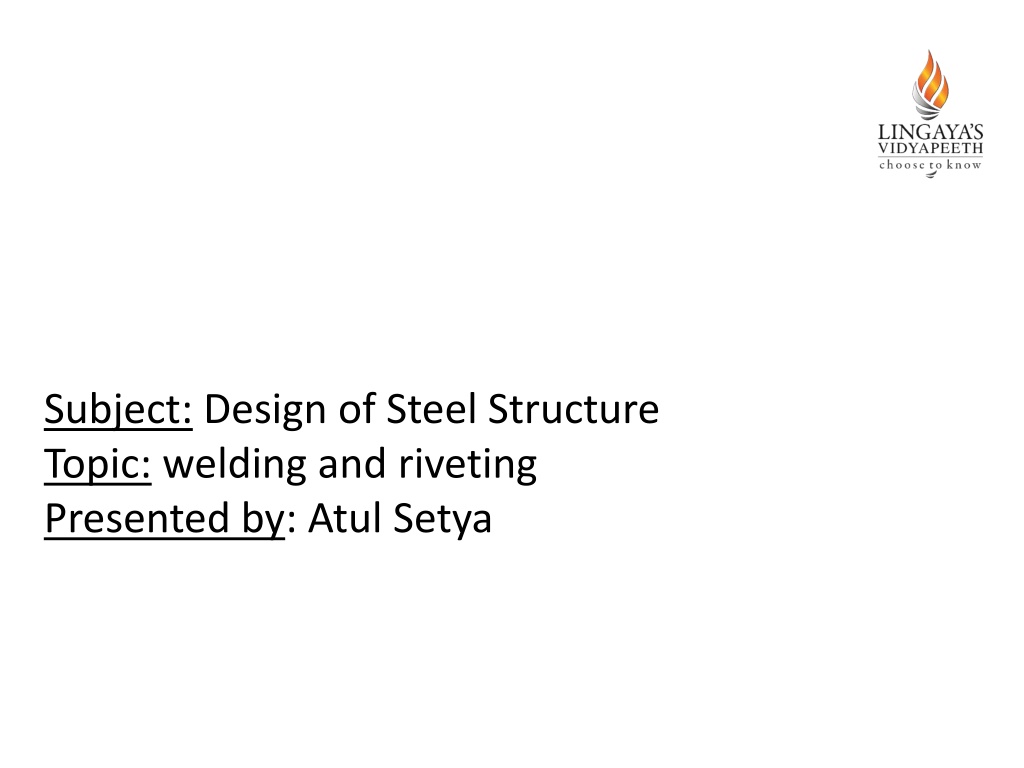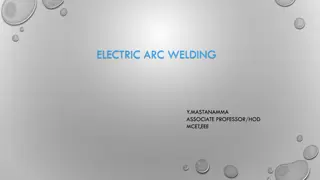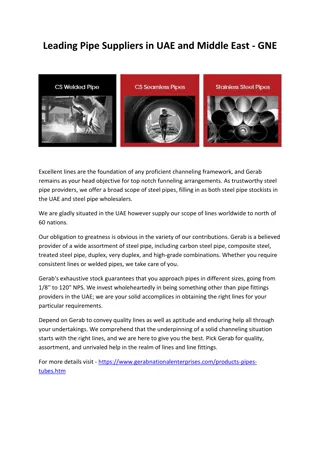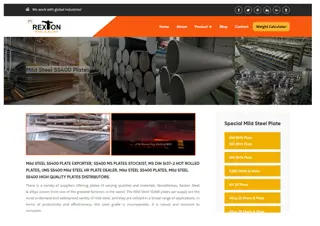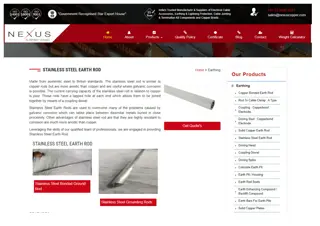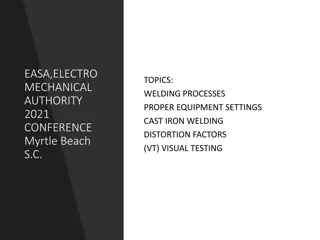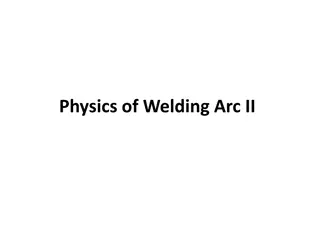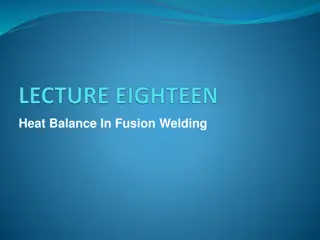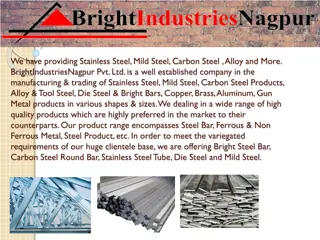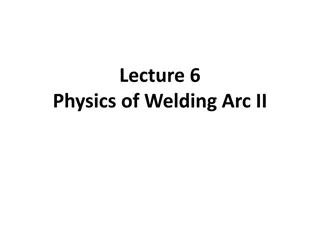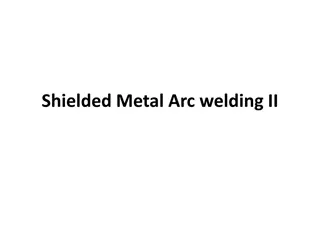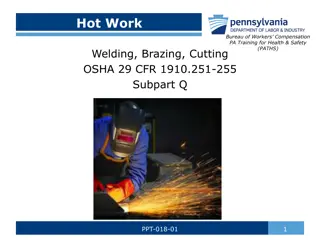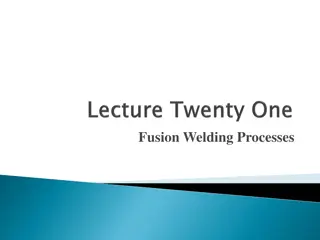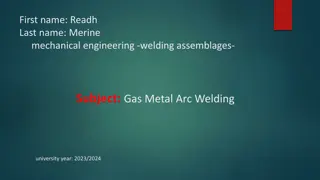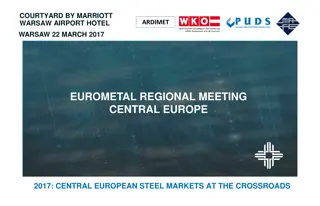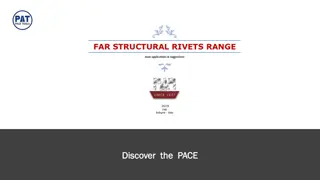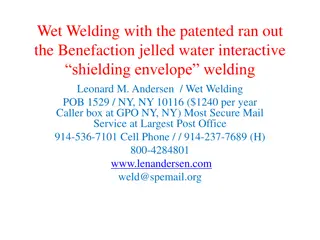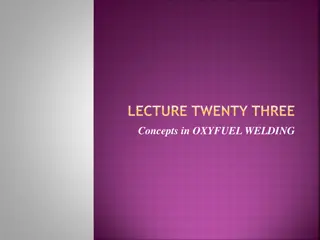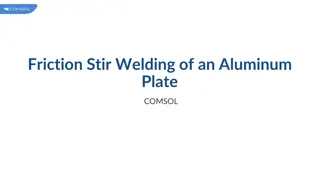Understanding Welding and Riveting in Design of Steel Structures
Explore the key concepts of welding and riveting in steel structure design, including types of rivet joints, advantages of butt joints over lap joints, rivet diameter considerations, and differences between hot-driven and cold-driven rivets. Presented with insightful visuals.
Uploaded on Sep 10, 2024 | 0 Views
Download Presentation

Please find below an Image/Link to download the presentation.
The content on the website is provided AS IS for your information and personal use only. It may not be sold, licensed, or shared on other websites without obtaining consent from the author. Download presentation by click this link. If you encounter any issues during the download, it is possible that the publisher has removed the file from their server.
E N D
Presentation Transcript
Subject: Design of Steel Structure Topic: welding and riveting Presented by: Atul Setya
AnswerC The process by which two plates are joints together by use of rivet is called riveting. Two types of rivet joints. 1. Lapjoint:- When the two members to be connected together by overlapping, and rivet inserted in overlap section.
2. Buttjoint:- When the two members are to be connected by placing the members end to end and additional plate/plates provided on either one or both sides to attach them properly, then this joint is called butt joint.And the additional plate is called cover plate.
Provide a butt joint rather than a lap joint for main two reasons: 1.In the case of a double cover butt joint,the total shear force to be transmitted by the members is split into two parts and the force acts on each half. 2.In the case of a double cover butt joint,eccentricity of forces does not exist and hence bending is eliminated, whereas it exists in the case of a lap joint.
AnswerB Nominaldiameterofrivet(d):- Diameterof the cold shank beforedriving. Grossdiameterofrivet(D):- The diameterof the hole is slightly greaterthan the diameterof the rivetshank. As the rivetis heatedand driven,the rivetfills the hole fully. Pradeep Rathore (Lecturer, DTE MP) Grossdiameter= Nominaldiameter+ 1.5(Ifd 25mm) Grossdiameter= Nominaldiameter+ 2.0(Ifd > 25mm)
Answe rA Hotdrivenrivet:-For drivingthe rivets,they are heatedtill they become red hot and are then placed in the hole. Keeping the rivetspressedfrom one side,a number of blowsare applied and a head at the other end is formed. When the hot rivetso fitted cools it shrinksand pressesthe plates together. Colddrivenrivets:- are drivenat atmospherictemperature. The cold drivenrivetsneed largerpressureto form the head and completethe driving. Shoprivet:-a rivetdrivenin place in a shop. Fieldrivet:-a rivetdriven in place on work in the field.
Answe rC Unwin sformula Diameter of the hole (d) = 6.05 t 6 t = 6 16 = 24 mm Where, t is thickness of the plate.
